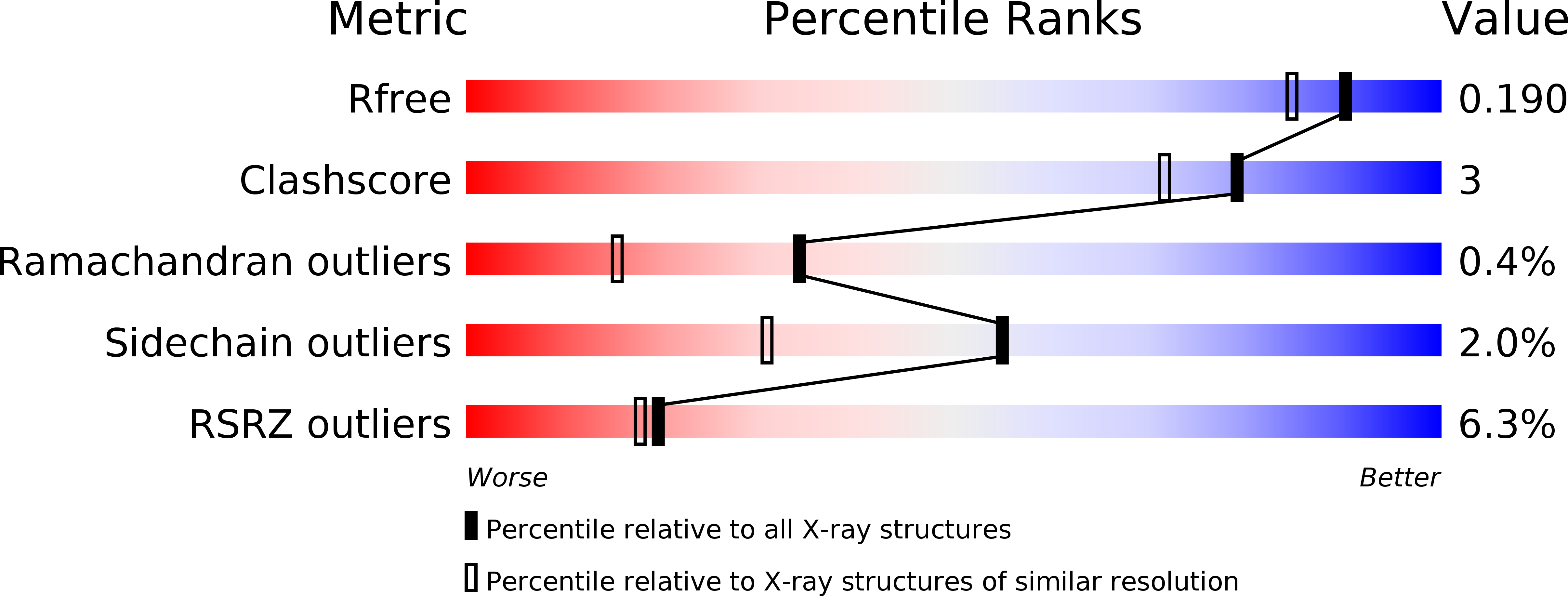
Deposition Date
2019-01-28
Release Date
2020-02-19
Last Version Date
2024-01-24
Entry Detail
PDB ID:
6QK2
Keywords:
Title:
R2-like ligand-binding oxidase Y715F mutant with anaerobically reconstituted Mn/Fe cofactor
Biological Source:
Source Organism:
Geobacillus kaustophilus (strain HTA426) (Taxon ID: 235909)
Host Organism:
Method Details:
Experimental Method:
Resolution:
1.60 Å
R-Value Free:
0.18
R-Value Work:
0.17
R-Value Observed:
0.17
Space Group:
P 21 21 2


